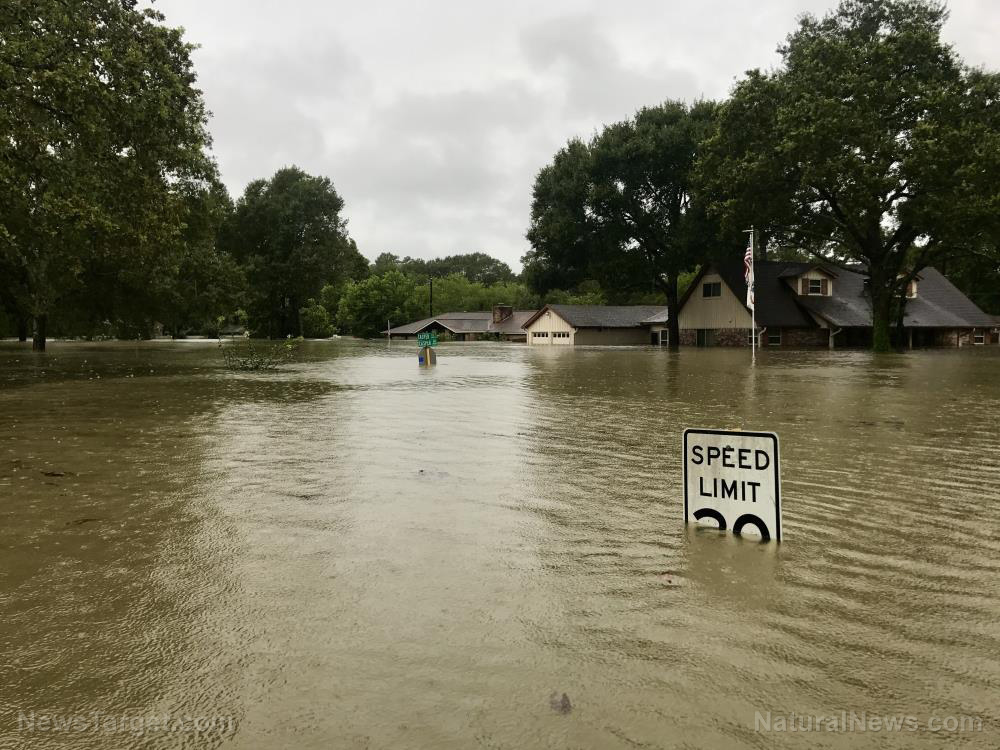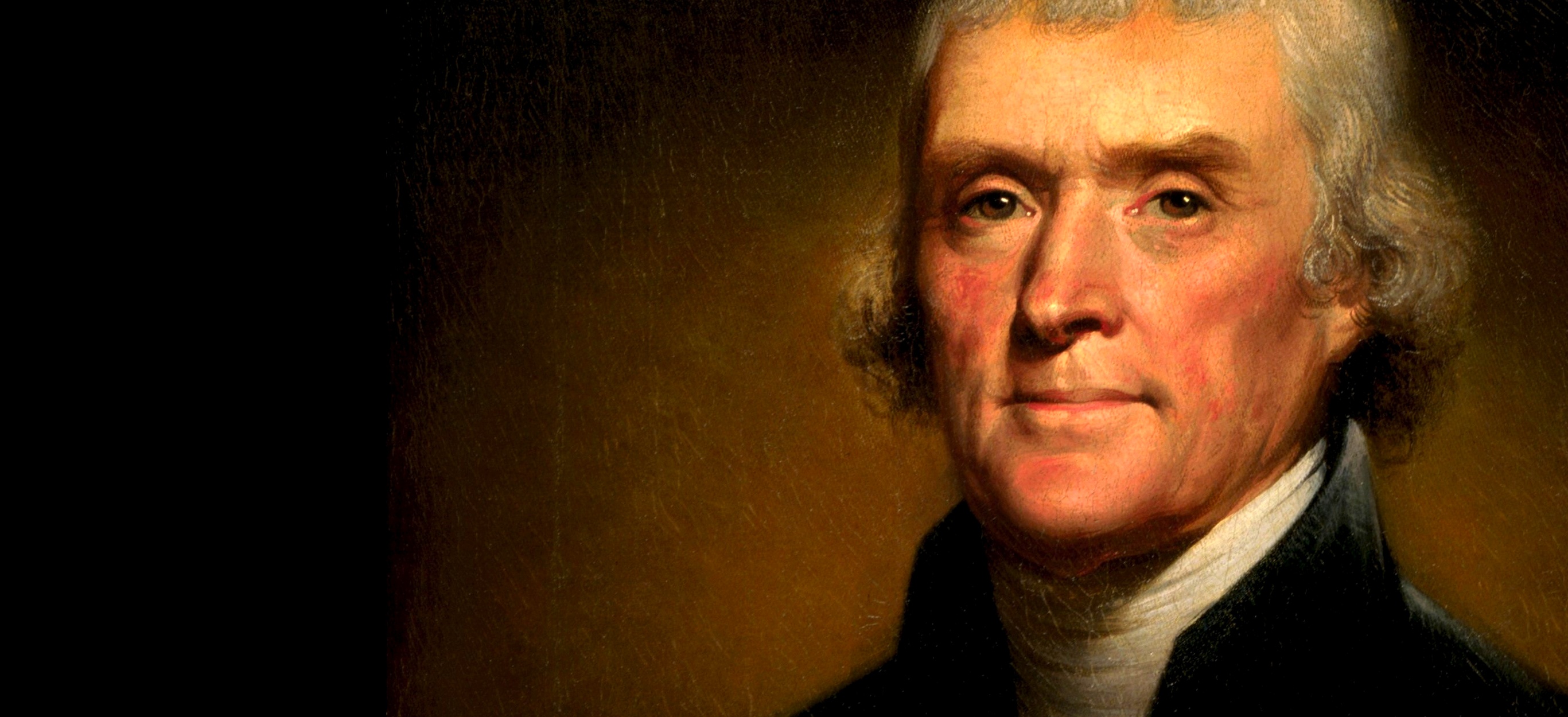 Parler
Parler Gab
Gab
- Deadly floods in Texas in late June to early July triggered scrutiny after Rainmaker Weather Technologies confirmed cloud-seeding missions occurred days prior.
- CEO Augustus Doricko insists the storms were caused by natural weather systems, dismissing any link to cloud-seeding operations.
- Texas regulators maintain strict oversight, halting cloud seeding when flood risks emerge; Rainmaker halted missions a day before warnings.
- Scientists and officials refute claims cloud seeding caused the rainfall, citing physics and historical storm patterns, but public skepticism persists.
- Rep. Marjorie Taylor Greene proposes federal legislation to regulate weather-modification technologies amid transparency concerns.
State officials dismiss conspiracy, stress regulatory safeguards
Texas Agriculture Commissioner Sid Miller issued a sharp rebuttal against theories tying the floods to government-backed weather manipulation. "The Department of Agriculture has had zero involvement in weather modification since 2003," he stated. Oversight now rests with the TDLR, which imposes strict guidelines: operators must cease cloud seeding when flood risks rise, reservoirs approach capacity, or conditions breach regulatory thresholds. Rainmaker’s director confirmed halting operations on June 2, 2024, after detecting "abnormally high moisture content," consistent with TDLR protocols. Yet conspiracy videos on social media amplified claims of "chemical dispersion" and "climate warfare," sparking investigations into regional water-conservation projects. "We’re not in the storm-creation business," said Doricko. "We use drones and radar to target clouds with silver iodide particles—not weaponized tech."Science vs. skepticism: Groundwater districts remain divided
Academics and meteorologists widely dismiss claims cloud seeding could trigger catastrophic rainfall. "This was a hypercharged storm fed by remnants of Tropical Storm Barry," noted Dr. Andrew Charlton-Perez of the University of Reading. "Cloud seeding maxes out at enhancing precipitation by 15%, nowhere near the scale seen here." However, distrust in institutions persists among rural communities battered by droughts and flooding. Regulators like the TDLR note Texas has relied on weather-modification programs since 1967, covering 31 million acres to bolster aquifers. Groups such as the West Texas Weather Modification Association use the method year-round to counter cyclical dry spells. The divide between scientific consensus and public doubt mirrors broader erosion of trust in government practices. "People feel like they’re not hearing the truth," explained Prof. Nicholas Fang of the University of Texas at Arlington. "It’s understandable when officials can’t fully explain rare 500-year rainfall events."Legislation proposed to close transparency loopholes
Rep. Marjorie Taylor Greene (R-GA) announced plans for a federal bill banning weather-modification projects without parliamentary oversight. The proposal, drafted ahead of potential hearings, aims to hold companies like Rainmaker to stricter public disclosure requirements. "The American people deserve to know what’s being sprayed in the atmosphere," Greene stated. While Rainmaker’s operations remain legal under current Texas law, critics argue transparency lapses exacerbated skepticism. Conspiracy forums surged after Doricko’s 2025 interview with Steve Bannon, where he acknowledged the "potential" for weather warfare by adversaries like China. "We’re not saying weather control isn’t possible—it’s just not what we do," he clarified, calling charges of conspiracy "silly."Floods spark national debate on climate tech ethics
The Texas tragedy illuminates a pressing dilemma: climate-driven water crises demand innovative drought solutions, yet trust in such technologies hinges on transparency. As governments worldwide draft policies for geoengineering, the state’s ongoing experiment underscores the fine line between lifesaving agriculture and unfounded fear. "Rainmaking isn’t a silver bullet," said TDLR spokesperson SarahLynne Page. "It’s a tool—one that must be regulated and understood." In the wake of the floods, families rebuild while scientists and lawmakers debate the future of weather-modification ethics, ensuring no one becomes a casualty of misinformation in a climate-altering world. Sources for this article include: 100percentfedup.com CBSNews.com Newsweek.comTrump says he has no plans to fire Fed Chair Powell
By Laura Harris // Share
Another silent siege on user data as Google’s Gemini AI oversteps android privacy
By Willow Tohi // Share
Bluesky to roll out age verification for U.K. users ahead of Online Safety Act deadline
By Laura Harris // Share
“Open Source Democracy”: A new era of civic participation
By Belle Carter // Share
Trump’s ‘Genius Act’ sparks fears of CBDC surveillance grid as conservatives warn of digital slavery
By Finn Heartley // Share
Governments continue to obscure COVID-19 vaccine data amid rising concerns over excess deaths
By patricklewis // Share
Tech giant Microsoft backs EXTINCTION with its support of carbon capture programs
By ramontomeydw // Share
Germany to resume arms exports to Israel despite repeated ceasefire violations
By isabelle // Share










